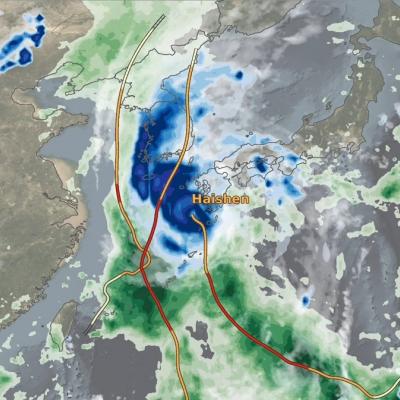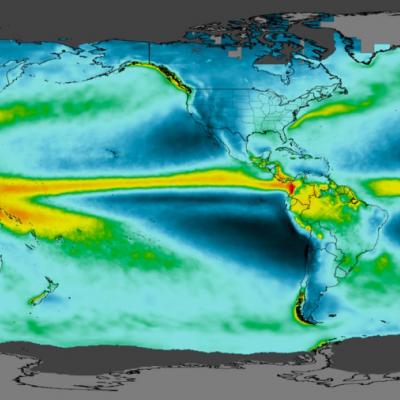PPS Extended Maintenance and Archive Downtime Sep 22 - Sep 24, 2020 (3 Days)
The PPS (Precipitation Processing System) will be down starting Tuesday September 22, 2020 (0800 EDT|1200 UTC) -through- Thursday September 24, 2020 (Uptime- Still TBD) for a very important multi-day archive upgrade. It is not anticipated that this work will have any impact on the near real-time data servers (jsimpson) or data collection from the GPM satellite and constellation. It is important to be aware that this will be an extensive PPS GPM Archive upgrade that will impact crucial PPS services. Services that may NOT be available during this time include: PPS 'arthurhou' GPM research data




